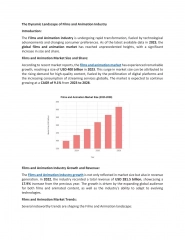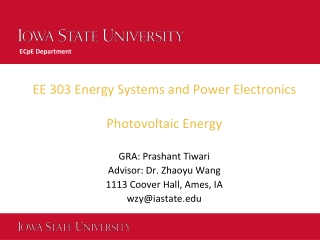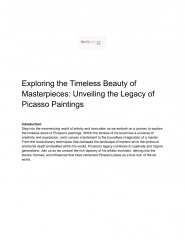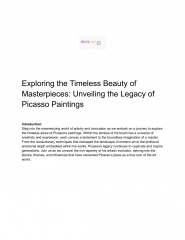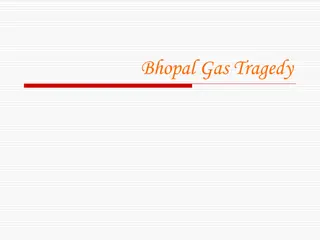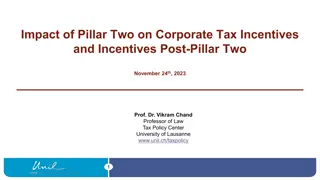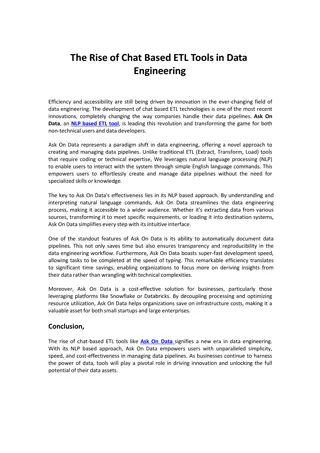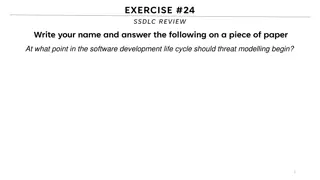
Electronic Control and Digital Electronics Fundamentals
Dive into the basics of electronic control and digital electronics, starting with a recap on atomic theory, understanding resistors, capacitors, semiconductor theory, and diodes. Explore the principles behind these components and their applications in various circuits.
Uploaded on | 3 Views
Download Presentation

Please find below an Image/Link to download the presentation.
The content on the website is provided AS IS for your information and personal use only. It may not be sold, licensed, or shared on other websites without obtaining consent from the author. If you encounter any issues during the download, it is possible that the publisher has removed the file from their server.
You are allowed to download the files provided on this website for personal or commercial use, subject to the condition that they are used lawfully. All files are the property of their respective owners.
The content on the website is provided AS IS for your information and personal use only. It may not be sold, licensed, or shared on other websites without obtaining consent from the author.
E N D
Presentation Transcript
Instructor: MB MOKOENA Course : Electronic control and Digital Electronics
Information Book(s) ECDE L2 TEXTBOOK Additional from reliable sources NB: USE THIS SLIDE IN CONJUCTION WITH YOUR ECDE TEXTBOOK Materials Pen Paper
Term 1 Recap INTRODUCTION In order to understand the operation of Electronic components and devices it is imperative that we need to have a thorough understanding of basic atomic theory. ATOMS An atom may be defined as the smallest part of an element that can participate in a normal chemical reaction. All atoms consist of minute particles of electrical charges arranged in a set pattern and consist of: Electrons; Protons; and Neutrons.
An atom that has valence electrons will always strive to become stable and in doing so will either lose or gain electrons. When an atom gains an electron, the atom becomes negatively charged since it has a more electrons and vice-versa for when it it losses an electron.
Resistors & Capacitors A resistor is an electronic component, which opposes the flow of electric current. Resistance can be determined by means of Colour coding Measurement in which an instrument is used. FACTORS THAT INFLUENCE CAPACITANCE There are three main factors that influence the capacity of a capacitor: Dielectric constant; Cross-sectional area of plates; and Distance between the plates.
Semi-conductor Theory and Diodes Doping is the process of improving a material such that it has the properties needed .here we have talked about N-type and P- type materials and the process in achieving such materials. As well ands the formation of the depletion region Donor doping is a mixing process that will generate a free (extra) electron in the conduction band of the atom as well as crystal lattice structure. Acceptor doping is a mixing process that will generate a hole in the conduction band of the atom as well as crystal lattice structure. AND WE DISCUSSED AS WELL THE DIODE BUT NEVER TLAKED ABOUT THE APPLICATIONS AND USED
Semi-conductor Theory and Diodes CONTINUE A diode is one of the most used electronic component as it is used for various activities in circuit such as protection in AC conversion and others, this is because the unique basic operation of the diode. When it is forward biased it will have low resistance thus allowing more electrons to flow but when it is reversed biased it will have high resistance thus few electrons will flow as such less current There are different types diodes such a normal diode,a zener diode and Varactor etc .we will discuss the zener diode
BIASING forward biasing: Reverse biasing:
ELECTRICAL PROPERTIES OF DIODES A typical datasheet will contain the following parameters for example: Forward voltage drop (??); Maximum repetitive reverse voltage (????); Maximum DC reverse voltage (??); Maximum average forward current (??(???)); and Maximum (peak or surge) forward current (??s).
THE ZENER DIODE The zener diode is constructed so that it is mainly used in the reverse bias mode. When operated in the forward bias mode, however, its forward characteristics are similar to that of an ordinary junction diode.
Activity Compare the properties of A normal Diode and Zener diode. What do You see? Compare the Characteristic curve if a normal diode with the Characteristic curve of a Zener Diode. Are they the same? if not why? Which Biasing method is best suited for which Diode for Maximum Insulation?
Conclusion Use the platform create to engage me on relevant subject matter


